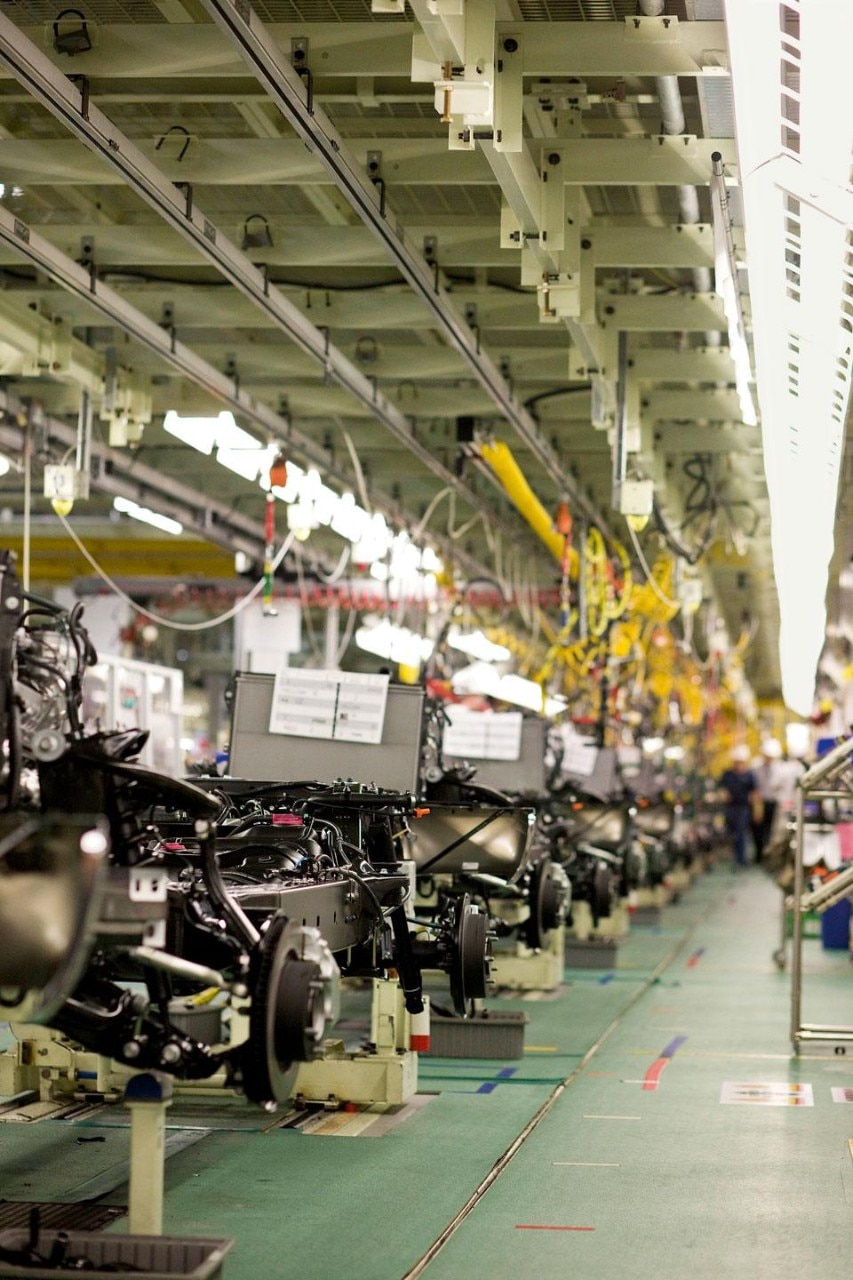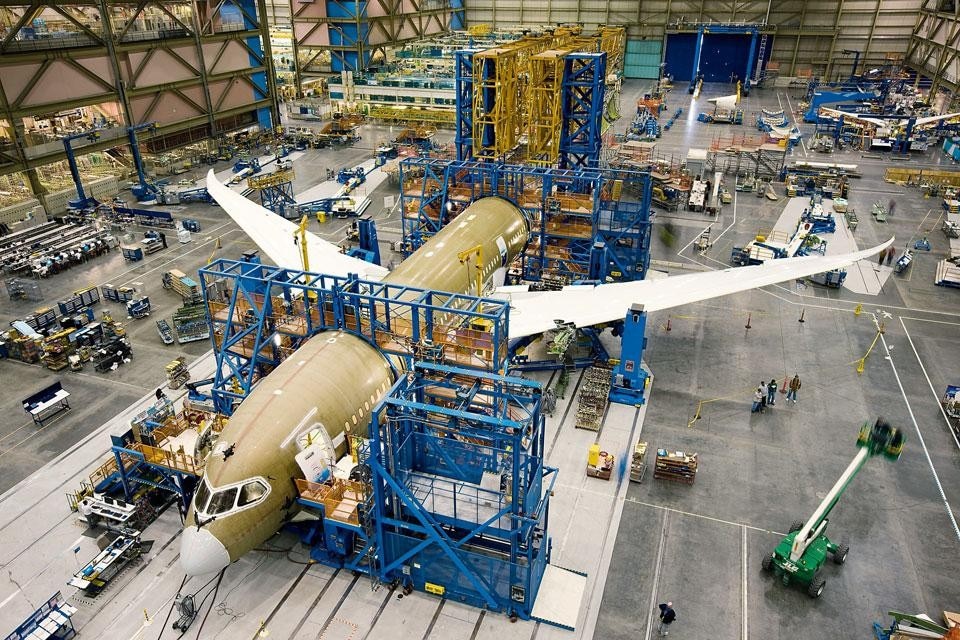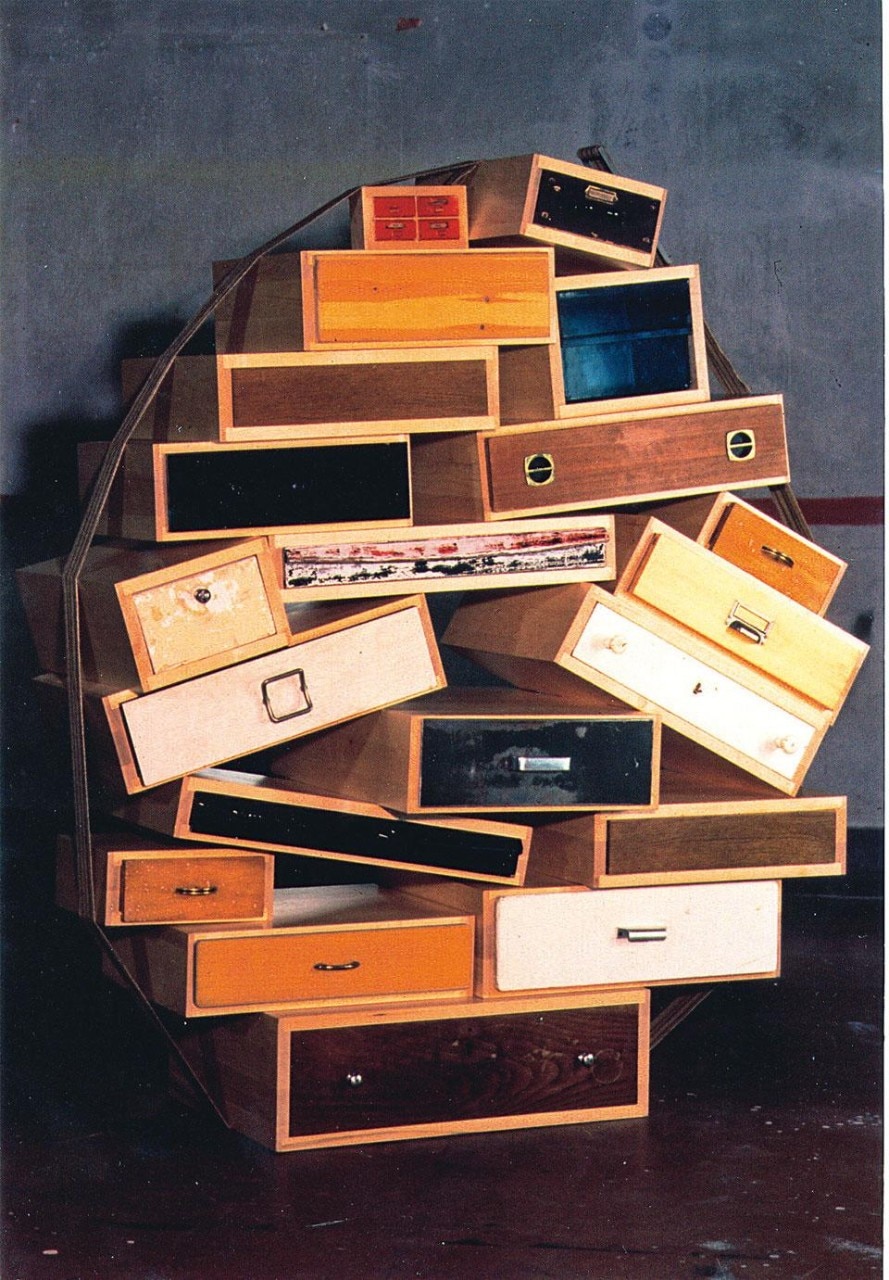
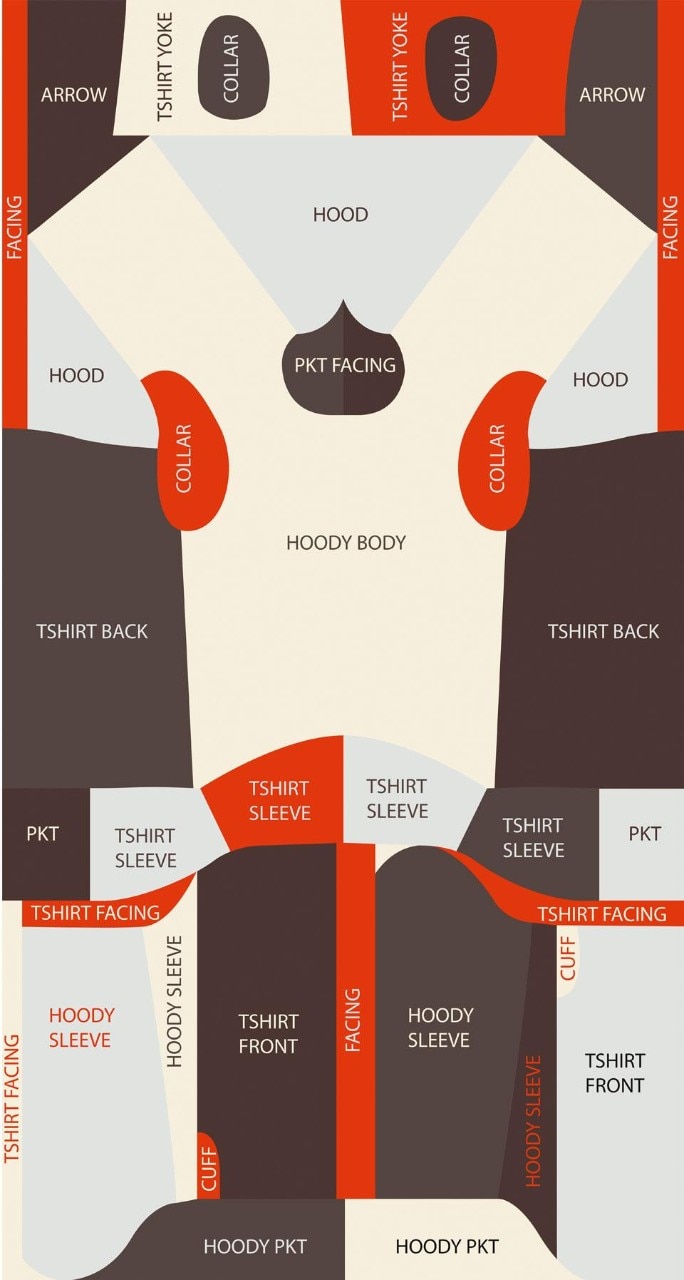
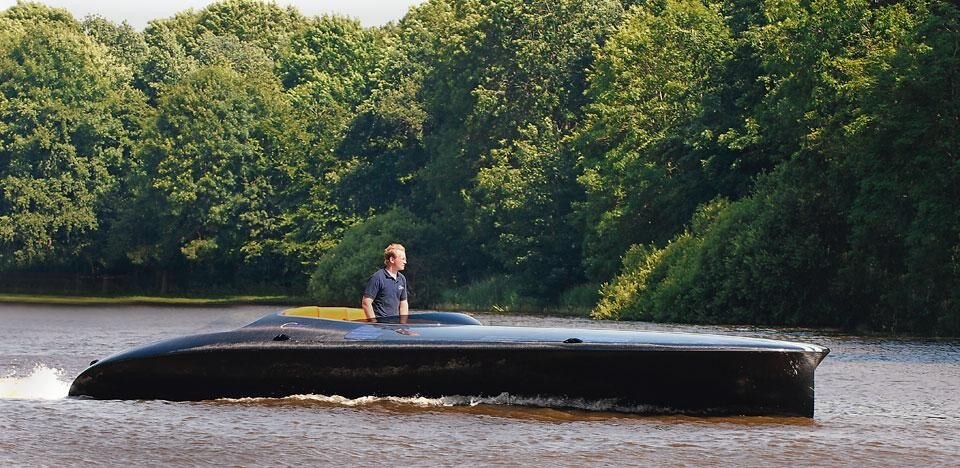
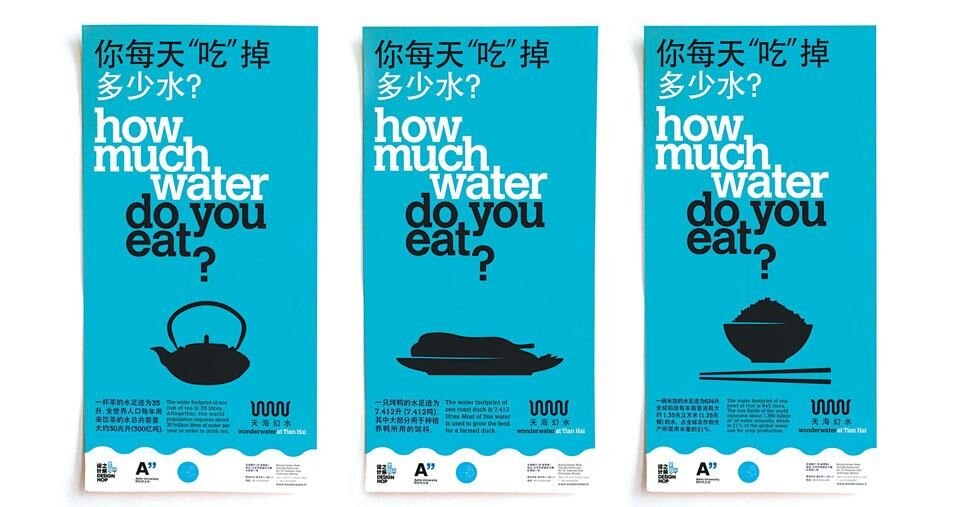
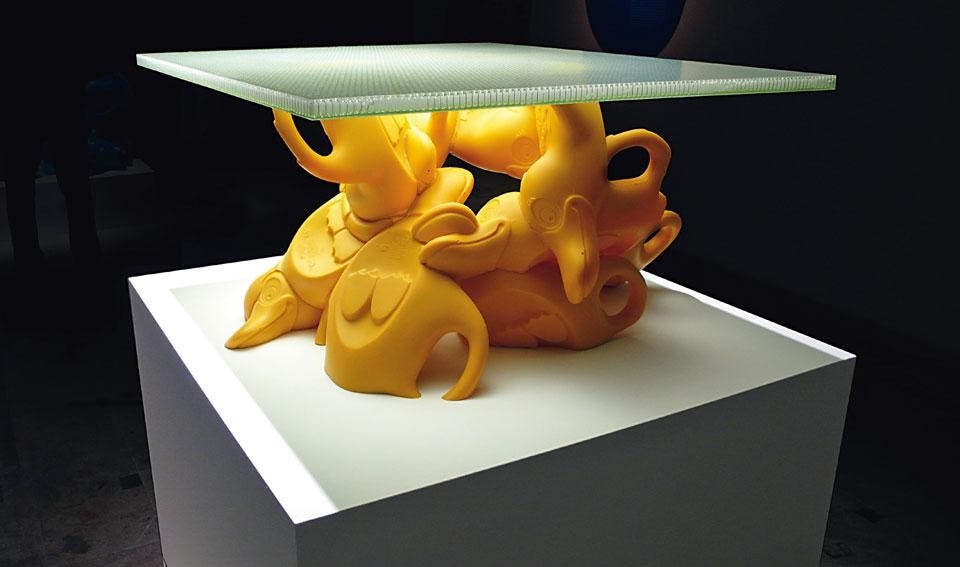
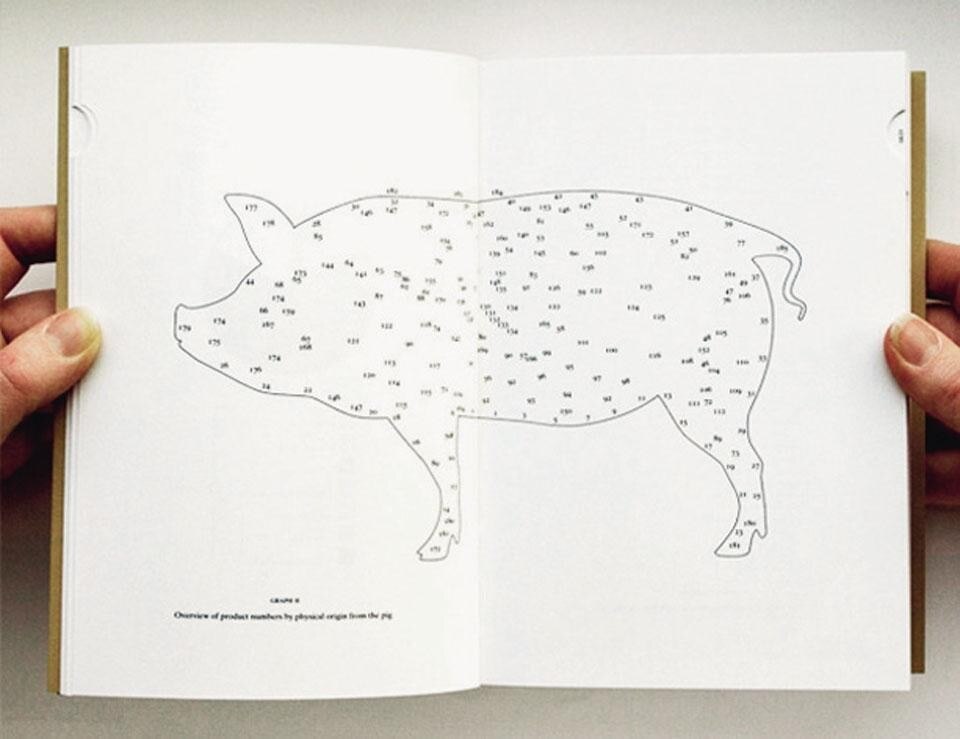
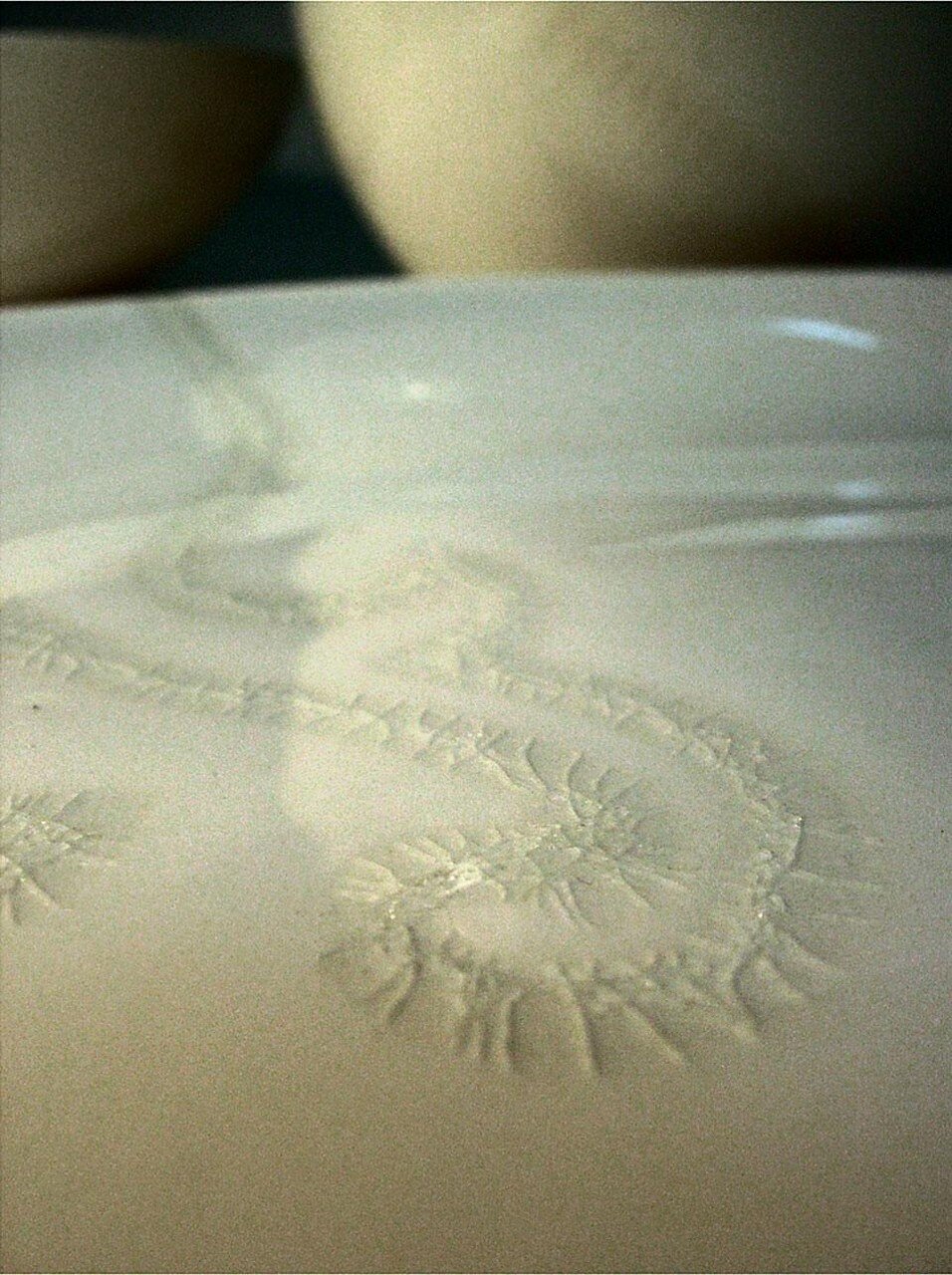
Reduction and streamlining can also happen at the source in order to maximise efficiency. Scientists and engineers are toiling away on ultra-high-performance concrete (ten times as strong as regular concrete); paints that reduce volatile compounds; coatings with anti-pollutant qualities; fibres in lieu of metals to reduce weight and achieve other advantages (see the new Boeing 787); and steels that are so thin and strong they can substitute plastics. All this research aims at treading with a lighter foot on the earth's resources–lightness being one of the keys to reduced energy consumption.
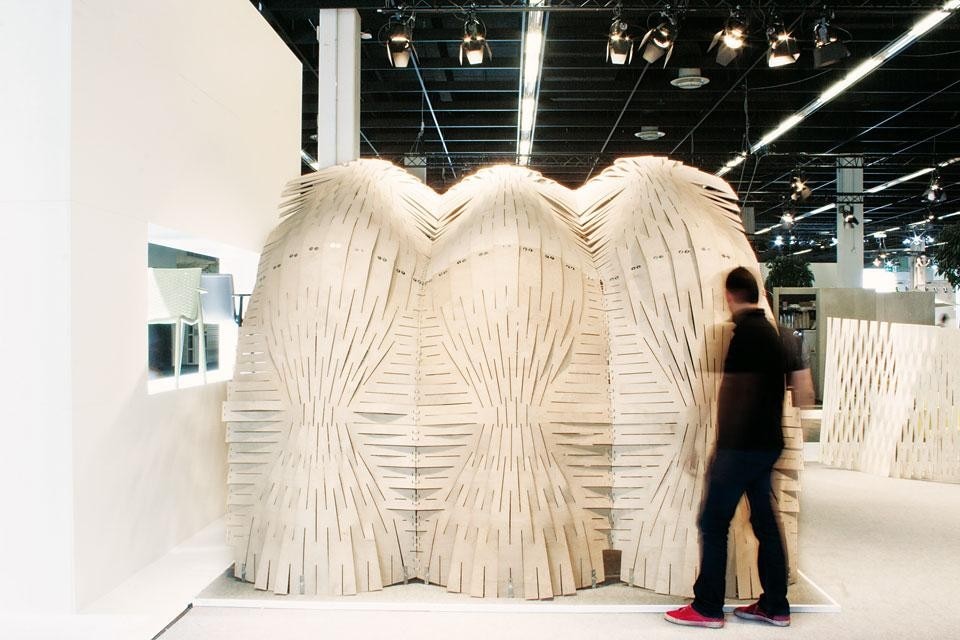
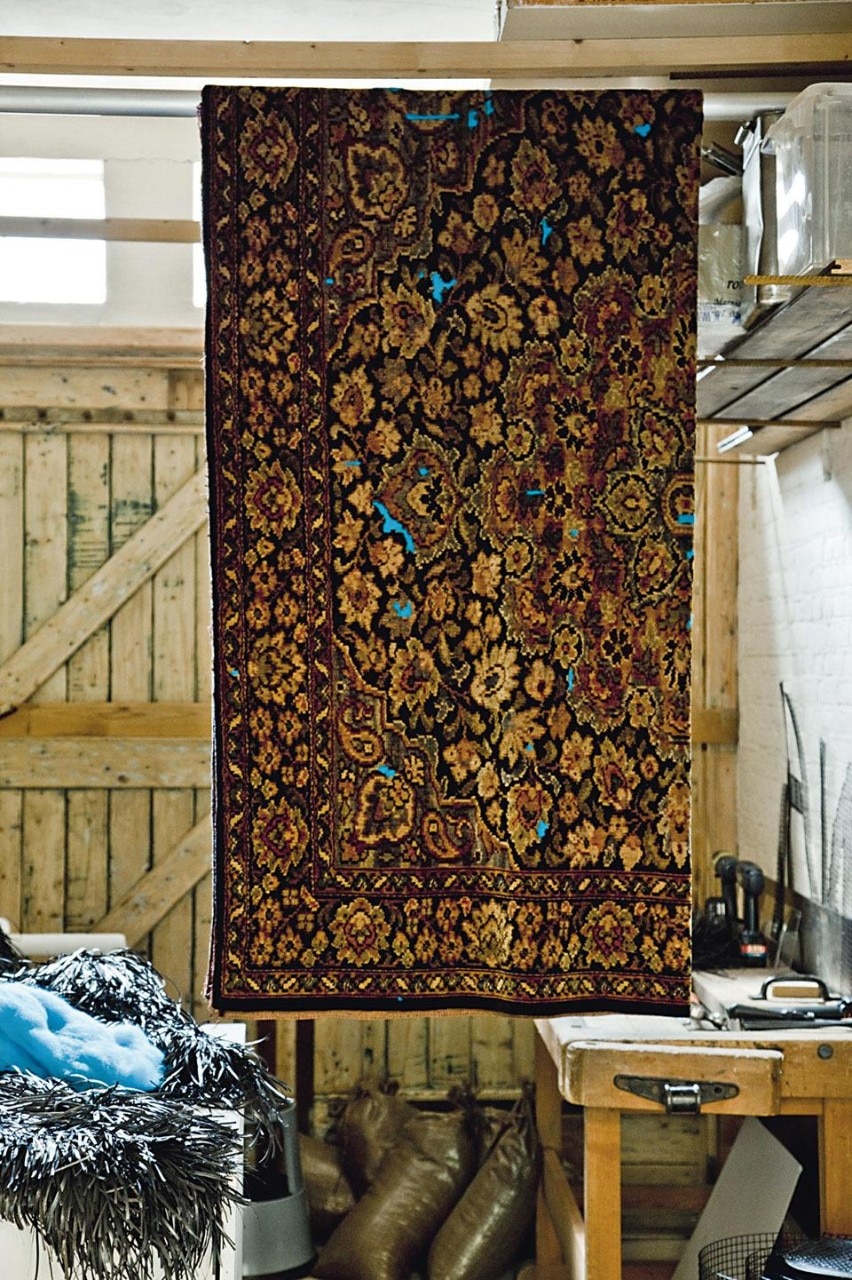
— Paola Antonelli, Critic and curator, MoMA
